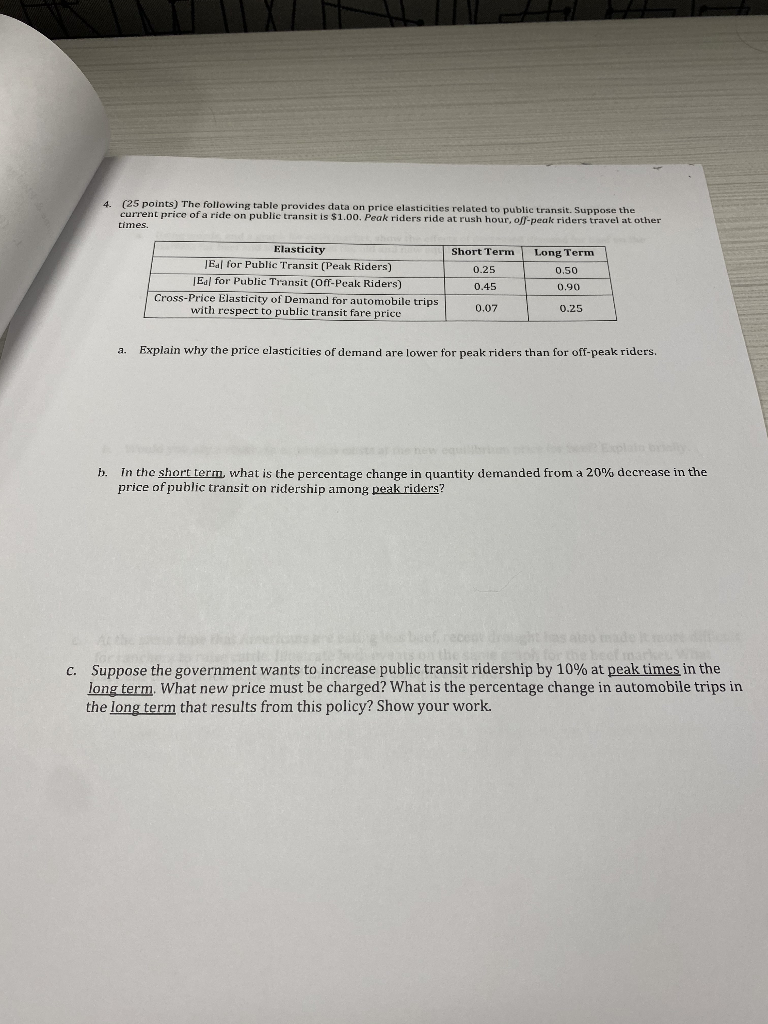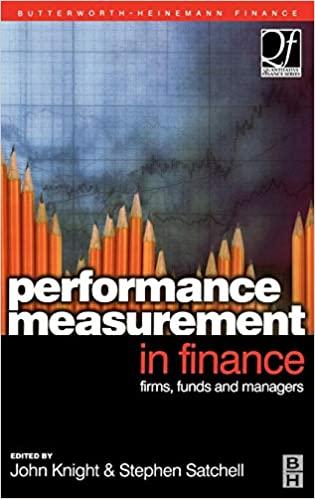Answered step by step
Verified Expert Solution
Question
1 Approved Answer
THE FOLLOWING TABLE PROVIDES DATA ON RICE ELASTICITIES RELATED TO PUBLIC TRANSIT. SUPPOSE THE CURRET PRICE OF A RIDE ON PUBLIC TRANSIT IS $1.00. PEAK
 THE FOLLOWING TABLE PROVIDES DATA ON RICE ELASTICITIES RELATED TO PUBLIC TRANSIT. SUPPOSE THE CURRET PRICE OF A RIDE ON PUBLIC TRANSIT IS $1.00. PEAK RIDERS RIDE AT RUSH HOUR, OFF PEAK RIDERS TRAVEL AT OTHER TIMES.
THE FOLLOWING TABLE PROVIDES DATA ON RICE ELASTICITIES RELATED TO PUBLIC TRANSIT. SUPPOSE THE CURRET PRICE OF A RIDE ON PUBLIC TRANSIT IS $1.00. PEAK RIDERS RIDE AT RUSH HOUR, OFF PEAK RIDERS TRAVEL AT OTHER TIMES.
Step by Step Solution
There are 3 Steps involved in it
Step: 1

Get Instant Access to Expert-Tailored Solutions
See step-by-step solutions with expert insights and AI powered tools for academic success
Step: 2

Step: 3

Ace Your Homework with AI
Get the answers you need in no time with our AI-driven, step-by-step assistance
Get Started


